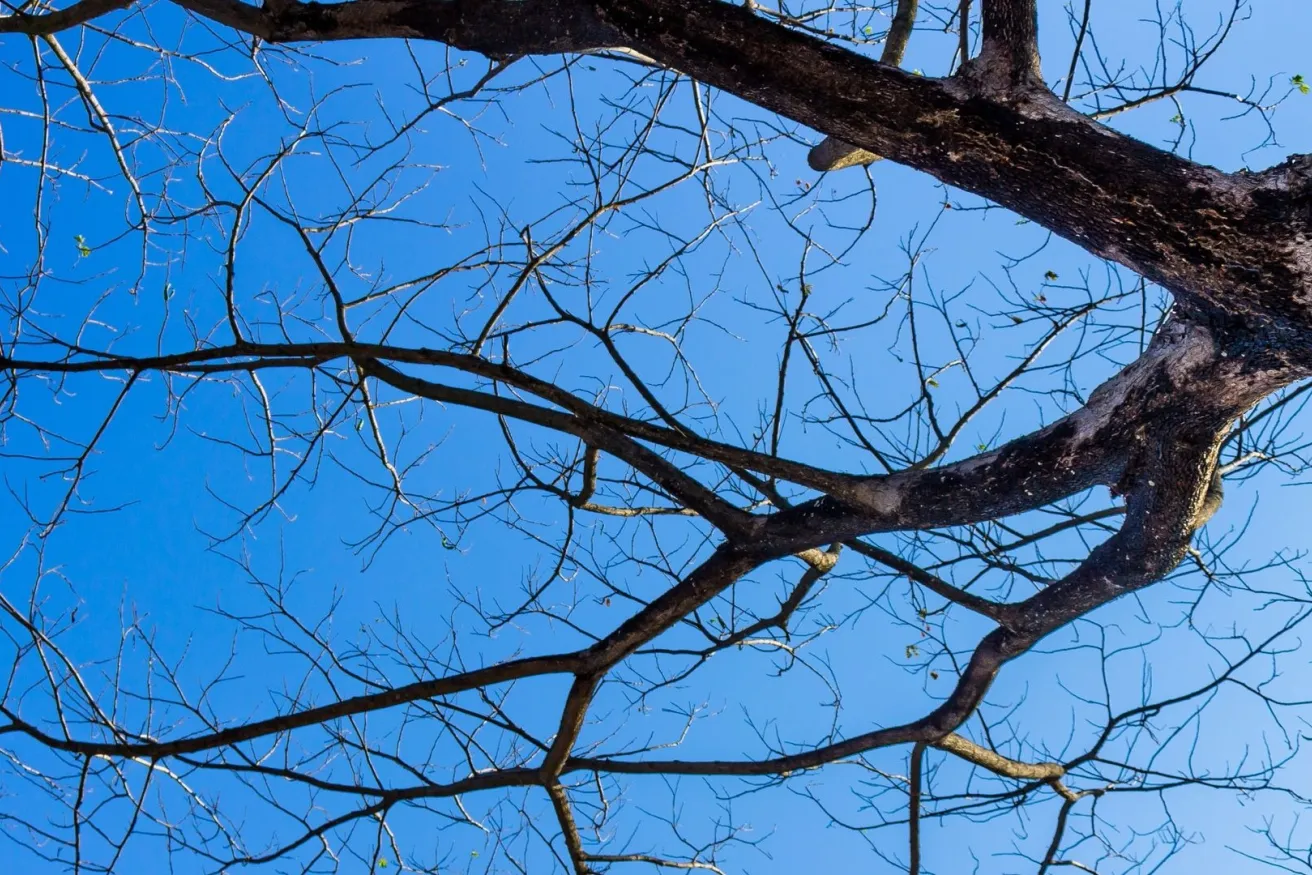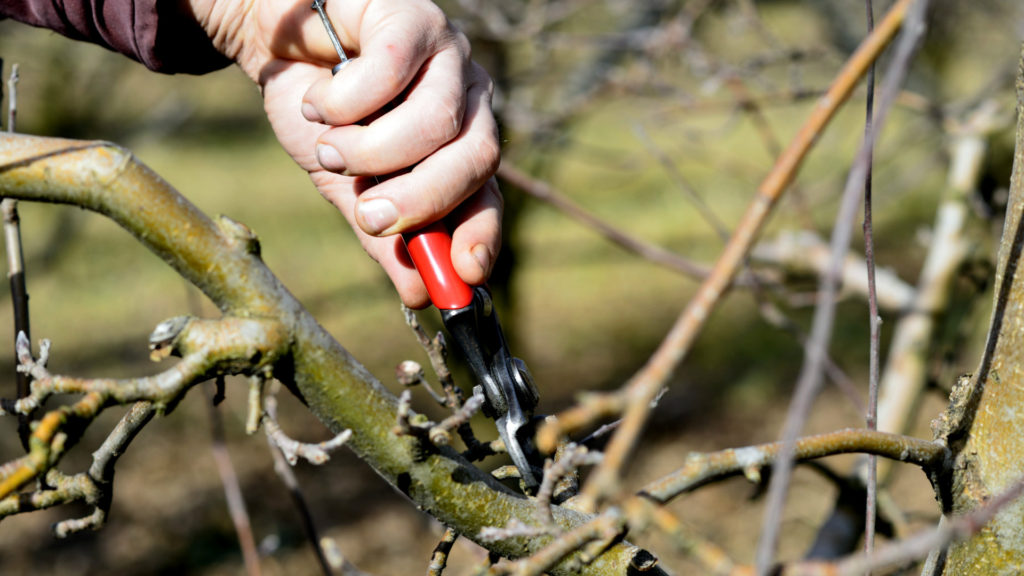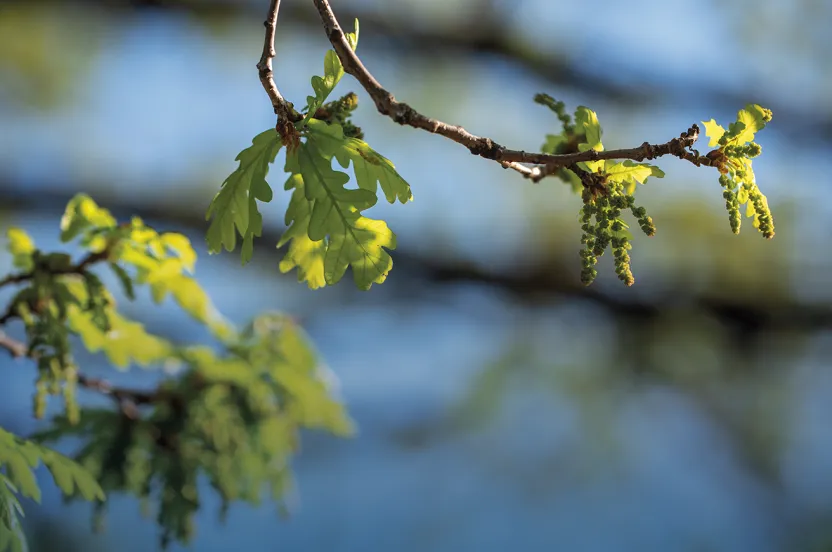Now live: The 2025 Canopy Report. Learn how Americans see trees. GET THE REPORT
Guest post by John Lang of Friendly Tree.
Anyone who has lived around trees is all too familiar with the dreaded “crack” that often follows a major snowstorm. Spring storms can be devastating as the heavy, wet snow can prove to be too much for some trees.
Although cottonwoods, elms, willows and poplars tend to be hit the hardest, due to their soft, brittle wood, no trees are completely safe with heavy snow or high winds. The method in which you care for your trees after a snowstorm will play a major role in their recovery.
Assessing the Damage
In general, if only small branches are damaged, you can expect the tree to make a full recovery without intervention. If many large branches are damaged, it’s possible to save the tree with proper pruning and care. The general rule of thumb is that if the tree is healthy, its main leader is still intact, it still has most of its major branches and at least 50 percent of its crown, the tree should recover.
It’s very important to watch out for power lines tangled in downed branches. If there are damaged trees located between the sidewalk and the street, there’s a good chance the city is responsible for cleanup, so don’t hesitate to contact your city officials.
Deciduous trees While deciduous trees will likely sprout new shoots near the ends of broken limbs in the first spring after a winter storm, it may take several years to decide which of these will become a new portion of the tree’s crown.
Conifers that have suffered the loss of their tops can recover if their main leader has been properly trimmed back to allow new leaders to grow. If the new leaders aren’t properly pruned, the tree will become even more prone to wind damage and could become a hazard. Spruce trees in particular have shallow root systems and are prone to coming down after a storm.
Young or newly planted trees that have been uprooted can usually be saved if care is taken to quickly cover the exposed roots to keep them from freezing. Trees with trunks over 10 inches in diameter with more than a third of their roots exposed will not recover and should be removed.
Removing Ice and Snow
It can be disheartening to see your tree’s branches bent over with the weight of snow and ice, but it’s important to avoid shaking its limbs. Branches are actually more flexible than they look, and trying to knock off snow can cause them to snap back and damage the tree’s circulatory system.
Instead, gently push branches up from below with an extension pole; but do watch out for falling branches. If the branches are covered in ice, wait for it to melt naturally.
Pruning
Pruning after breakage is tricky business. The ultimate goal is minimizing the amount of exposed woody tissue (or open wounds, in layman's terms). Pruning should be done carefully so that the wound can heal quickly and cleanly before pathogens enter and cause additional problems.
Pruning Tips:
- When trimming branches, avoid leaving “coat hangers,” or short sections of branches left along the main stem that are long enough to hang a coat on. These will eventually die and serve as an entry point for pests and pathogens to enter the tree.
- If healthy branches exist between a break and the main stem, the branch should be pruned back to the healthy branches.
- “Split limbs” caused by twisting can be hazardous but some can be managed with proper pruning. It’s best to consult with a certified arborist, since improper trimming can cause the split to become worse.
- Although trees may look unbalanced with more branches missing on one side, resist the temptation to over-prune. Trees will naturally fill in bare areas over time.
- Whatever you do, never ever top your tree. Tree topping - or cutting back all of a tree’s structural branches - weakens the tree over time and can make it structurally unsound.
Watch Ask an Arborist: Why Should I Prune?
The Best Protection is Prevention
The best way to care for your trees is to keep them healthy and maintained before the snow hits. Proper pruning and care creates a strong, healthy and structurally sound tree that is more likely to weather a storm successfully. Dormant pruning can help your trees become more resilient and less susceptible to damage.
Will My Tree Recover?
Some trees are amazingly resilient and bounce back quickly from damage, given enough time and proper care. Since trees are so valuable and expensive to remove, it’s preferable to try and do everything possible to save a storm-damaged tree.
However, pruning large trees can be dangerous and improper pruning can create hazardous trees. Using a chainsaw in a tree should only be done by professional arborists and with proper safety equipment like safety ropes and a cherry picker.
Watch out for fly-by-night companies that are out to make a quick buck after a storm. Look instead for a licensed and insured tree service to give your trees the care they need and help them make a full recovery.





